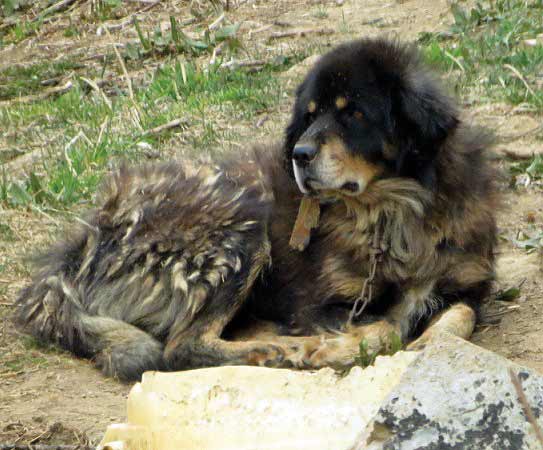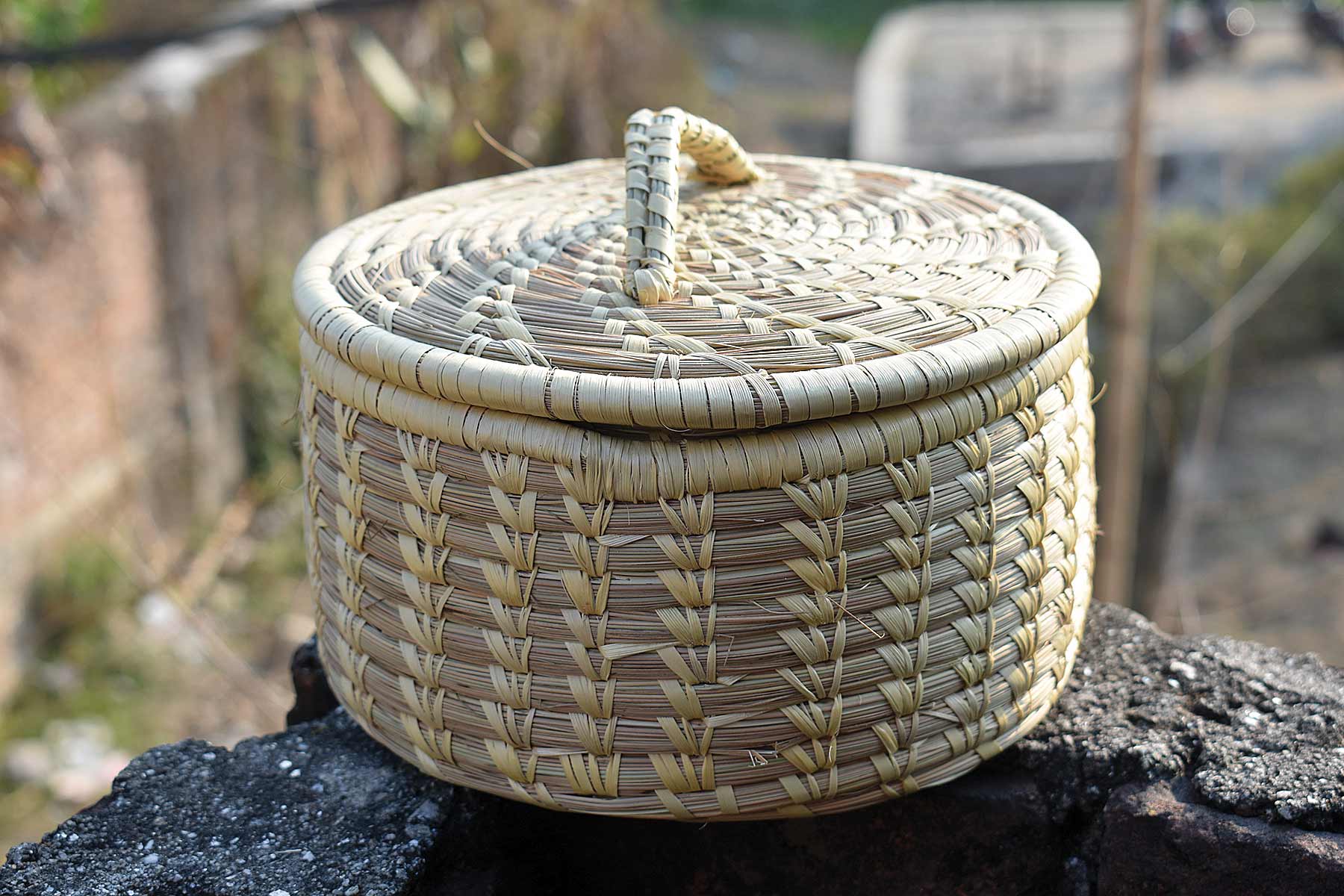Nepal’s premier folklorist, Kesar Lall, has done it again, by publishing a marvelous new collection on the Legends of Kathmandu Valley, “where every temple, idol, fountain, river or hill has a tale to tell.” Since he published Lore and Legends of Nepal in 1961, Kesar Lall ha become well known as a Nepali folklorist. (He’s also a poet.)
Legends of Kathmandu Valley is a fascinating book for all ages. It begins with a Preface reviewing his long career as a writer, from which (to our dismay) he says he is now retiring. It also presents information about the study of folklore. The author notes, for example, that according to Sanskrit scholars much of the folklore of Europe has its roots in South Asia. He credits the Brothers Grimm of Germany for laying the foundations for the collection and study of oral tales. Wilhelm Grimm once observed that “The mythic element resembles small pieces of a shattered jewel which are lying strewn on the ground all overgrown with grass and flowers, and can only be discovered by the most farseeing eyes.” Kesar Lall has farseeing eyes.
The book’s Foreword is by Satya Mohan Joshi, Chancellor of the Nepal Bhasa Academy (basha = language). It ends with a Bibliography. In between are 44 folktales beginning, appropriately, with ‘The Origins of Kathmandu Valley’. “In the beginning there was a beautiful lake,” it opens, “almost circular in shape and fourteen miles across from shore to shore. High mountains, some of the peaks covered with snow, surrounded the lake...” and so forth. After reading it and the
following tale, ‘Manjusri Drains the Lake’, you’ll know how the lake started and ended, in legend.
The final tale in the book is ‘The Boksi’, about witches. “There is a big, old tree at the foot of the hill to the south of Kirtipur”, it begins. “It is known as the tree of the boksi or witches, for they gathered under that tree at night for their worship.” It then describes a man “greatly alarmed to discover that his wife went in secret to the tree of witches. At his wit’s end, the poor husband told a friend, who advised him...”, et cetera; poor fellow! We don’t advise you to go looking for the witches’ tree, however, for reasons revealed in the tale itself.
There are stories about gods, goddesses, saints, sinners, temples, yogis and ghosts; about honesty and dishonesty; and about the search for immortality, wealth and justice. Some of the stories are about popular places: the Queen’s Pond (Rani Pokhari) in downtown Kathmandu, the Golden Door of Bhaktapur, the shrine of Budhanilkanta (where the king cannot go), the Golden Temple (of Lalitpur), and more.
To aid the reader, there is an extensive Glossary of Nepali terms, place names, historical persons, and divine, mythical and legendary beings, and Notes providing additional historic, geographic, linguistic, religious and other cultural information. And, at the back of the book all of Kesar Lall’s books on folklore are listed. They include The Seven Sisters and Other Nepalese Tales (1967), Nepalese Fairy Tales (1978), Lore and Legends of the Yeti (1988), Black Rice and Other Stories (1993), The Origin of Alcohol and Other Stories (1993), Tales of Three Brothers (1994), and Folktales of Nepal for Children (2005). What an accomplishment!—and this is not even half of them.
By tradition, after someone tells a Nepali folktale, a listener recites this popular but anonymous poem (here in translation):
For him who listens a garland of gold;
A wreath of flowers for her who tells.
This tale now to heavens will go
But at once fly back when it’s time to tell again.
Nepal Bhasha Academy (Kathmandu), 2007, i-vii + 202pp. 400 Nrs.











